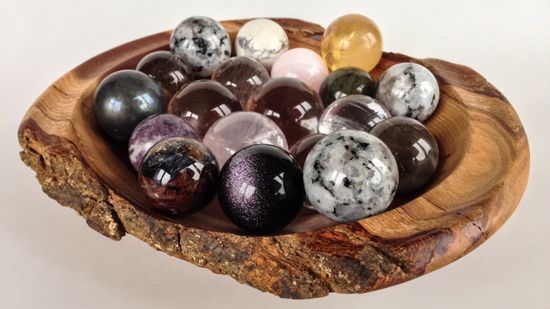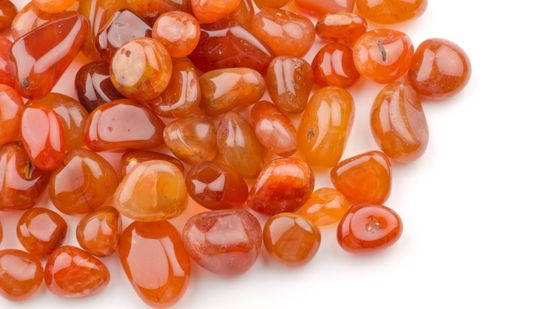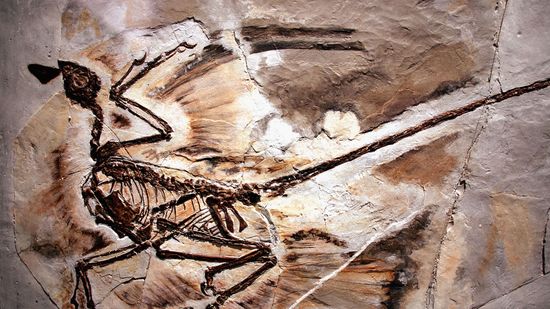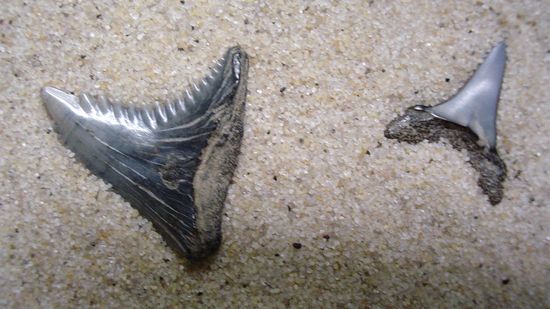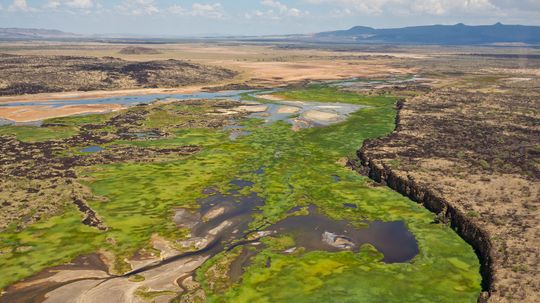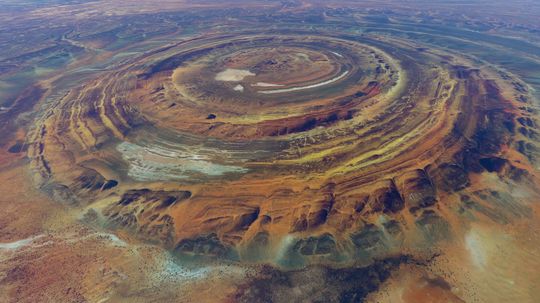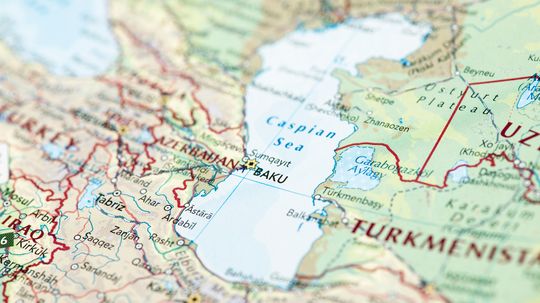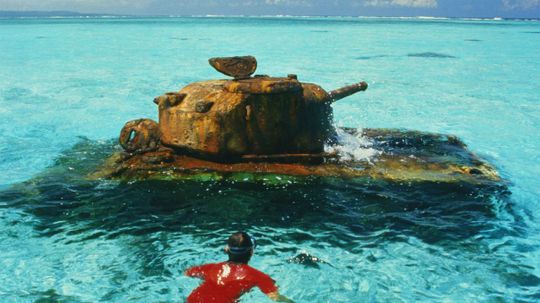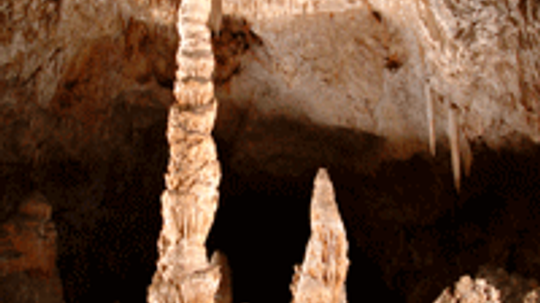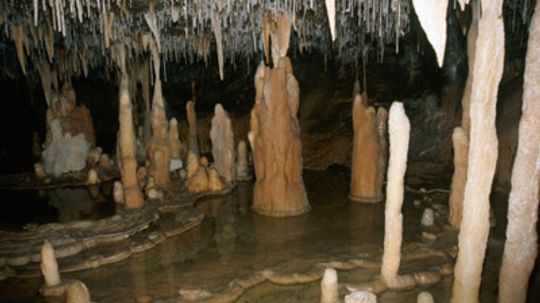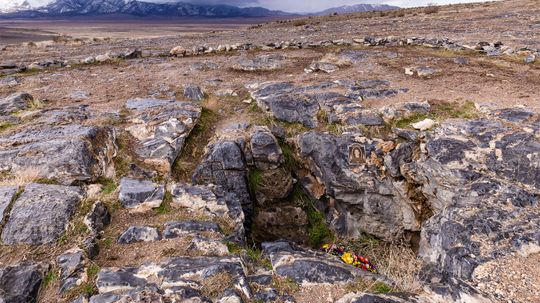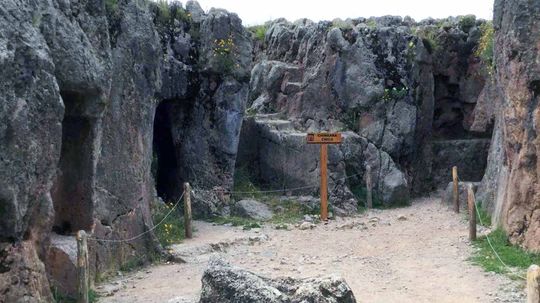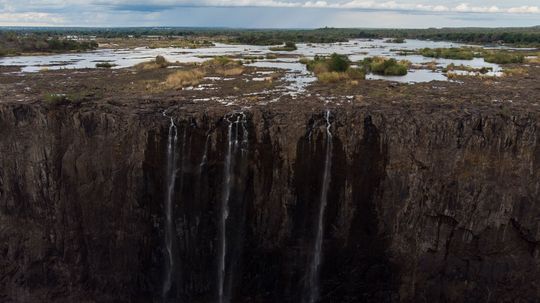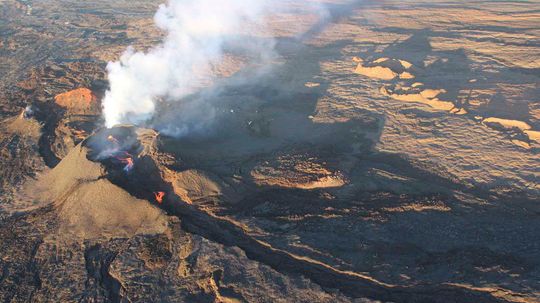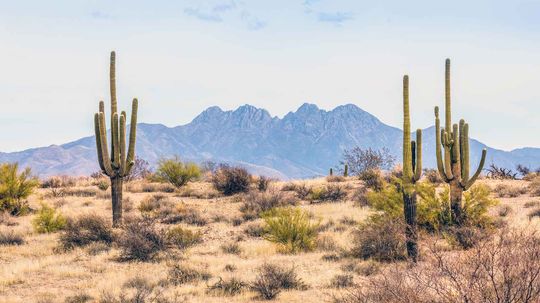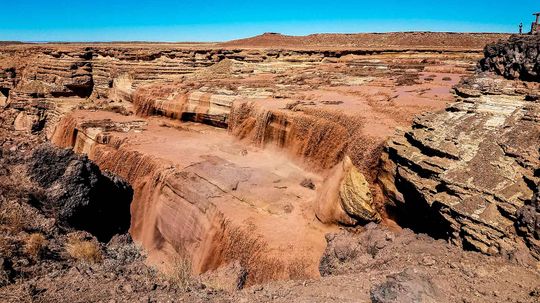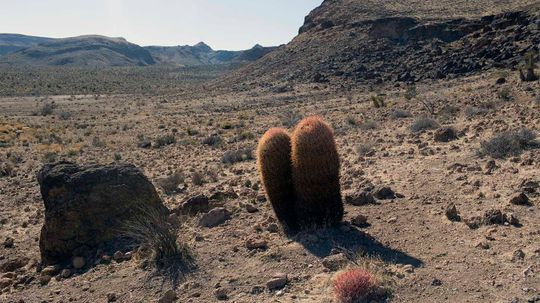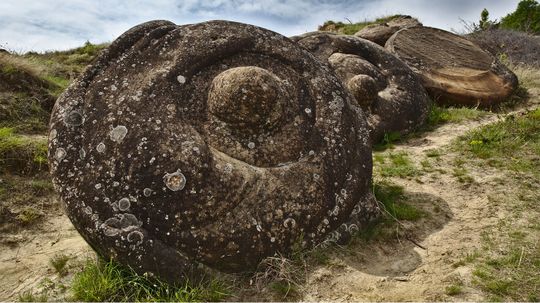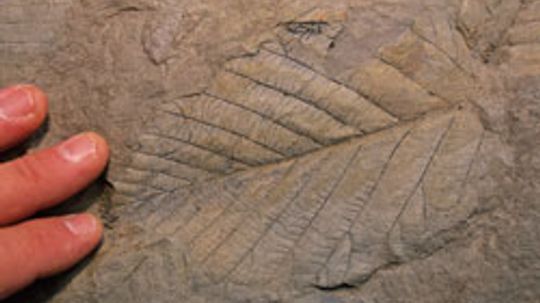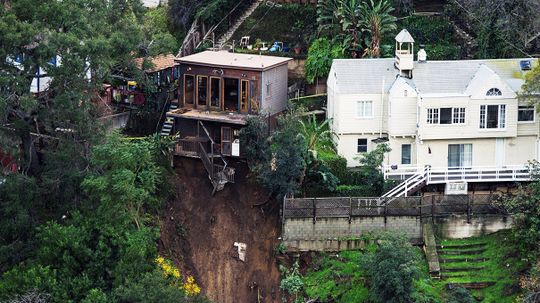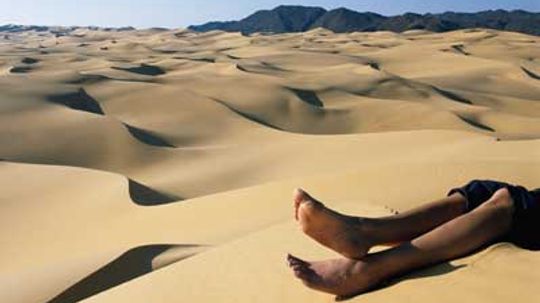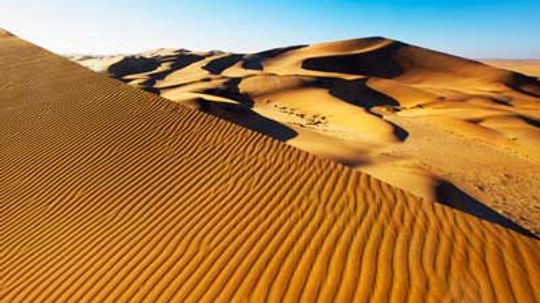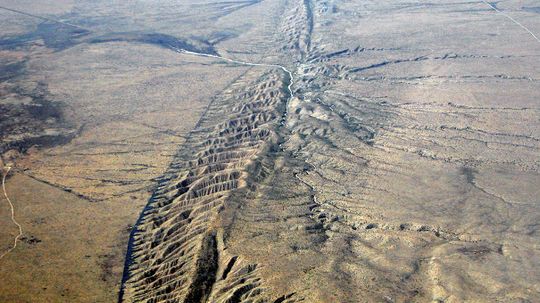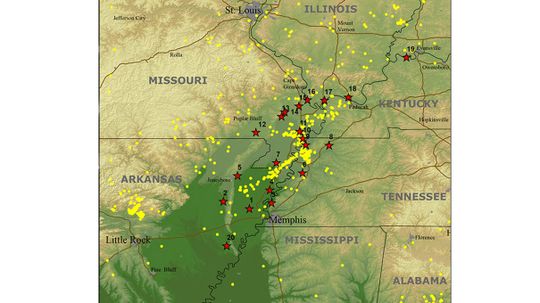Geologic Processes
Geological processes have helped to create many iconic features on Earth. Processes, such as plate tectonics, are what shapes the face of the Earth. Here you can discover the power of geological processes.
Learn More
The notion of Africa splitting has the attention scientists and geologists worldwide, as the Great Rift Valley stretches and tears at the Earth's crust.
In the western Sahara Desert lies a natural wonder that has intrigued scientists and adventurers for centuries. Known as the Richat Structure — or, more commonly, the Eye of the Sahara — this massive geological formation resembles a giant eye.
By Marie Look
The Atacama Desert, situated in northern Chile, is not just any ordinary arid region. Spanning over 600 miles (965 km) along the Pacific Coast of South America, it is one of the most extreme landscapes on the planet. Thanks to certain oceanic conditions, there are areas that have received zero rainfall throughout recorded history, making the Atacama Desert the driest place on Earth.
By Marie Look
Advertisement
One of Earth's most interesting natural features, the Caspian Sea is the largest inland body of water on the planet, defying conventional classifications to be both a sea and a lake.
By Marie Look
Decades after the massive conflict, reminders of battles linger in pristine Pacific waters.
The world of our far-future descendants may be as unrecognizable to us as our bustling, urbanized world would be to our bewildered ancient forefathers. Will energy drive many of those changes?
By Robert Lamb
The Doll's Theater of Carlsbad Caverns looks otherworldly and took ages to form. What other incredible sights await us below ground?
By Julia Layton
Advertisement
One grows from the ground and one from the ceiling, but sometime's it's hard to remember which is the stalactite and which is the stalagmite. How do they get there, anyway?
By John Fuller
Nutty Putty Cave, near Salt Lake City, Utah, was discovered in 1960 and sealed up forever in 2009. But why?
There are caves all over the world, but some are in places that are hard to explore — hidden by rocks, ruins or even under ice. We've found seven secret caves you probably never knew existed.
Waterfalls are mainly reliant on precipitation to keep flowing. Here are six famous waterfalls that slowed to a trickle when drought set in.
Advertisement
Ash flows, deadly gases and vog are just a few of the other reasons why we all need to respect volcanoes.
If you think the largest desert in the world is hot and sandy, think again. These 10 deserts spanning the globe are massive, but they're not all sunbaked.
By Mitch Ryan
Arizona isn't all desert. Take Grand Falls, aka "Chocolate Falls." It is dry most of the year, but when it rains, this waterfall pours.
Not all deserts have sand and they're certainly not all hot. They're just extremely dry and have little vegetation. That means deserts are located all over the planet, including at super-high elevations.
Advertisement
Trovants, found only in a small town in Romania, are stones that actually seem to move and grow. But are they alive?
Carbon-14 dating is something that you hear about in the news all the time. Everything from mastodons to the Shroud of Turin has been dated using this technique! Learn about how carbon-14 dating works and why it is so accurate!
Earthquakes and volcanoes get all the press. But the landslides they trigger are often more devastating. What makes the ground suddenly rip downhill, taking trees and homes with it?
Sand dunes belch, moan and hum. They roll across the desert, seeking out new locales. You might even say they breed. It's no wonder people call these giant sand formations lifelike.
By Debra Ronca
Advertisement
Did you know that sand dunes can sing? And, their artistic curves certainly make for a gorgeous photograph. In fact, you might call the sand dune the diva of the desert.
By Debra Ronca
Scientists are concerned that the Thwaites Glacier is melting at a rapid pace, though some don't love the name "Doomsday Glacier." What does the rapid melt of this huge glacier mean for the future of our planet?
By Mark Mancini
Countless movies and television shows depict quicksand as some kind of living creature that sucks its victims down into a bottomless pit, never to be heard from again. Well, you can't believe everything Hollywood tells you.
By Kevin Bonsor
The end of Earth will likely come about because of the sun in our solar system. This much you might already know, but we actually have an approximate date.
By Robert Lamb
Advertisement
The oceans on planet Earth cycle through daily tidal changes. But the ground beneath our feet experiences tides of its own, too.
By Mark Mancini
Will a town in southern Missouri be the epicenter of the next 'big one'?
By Mark Mancini
